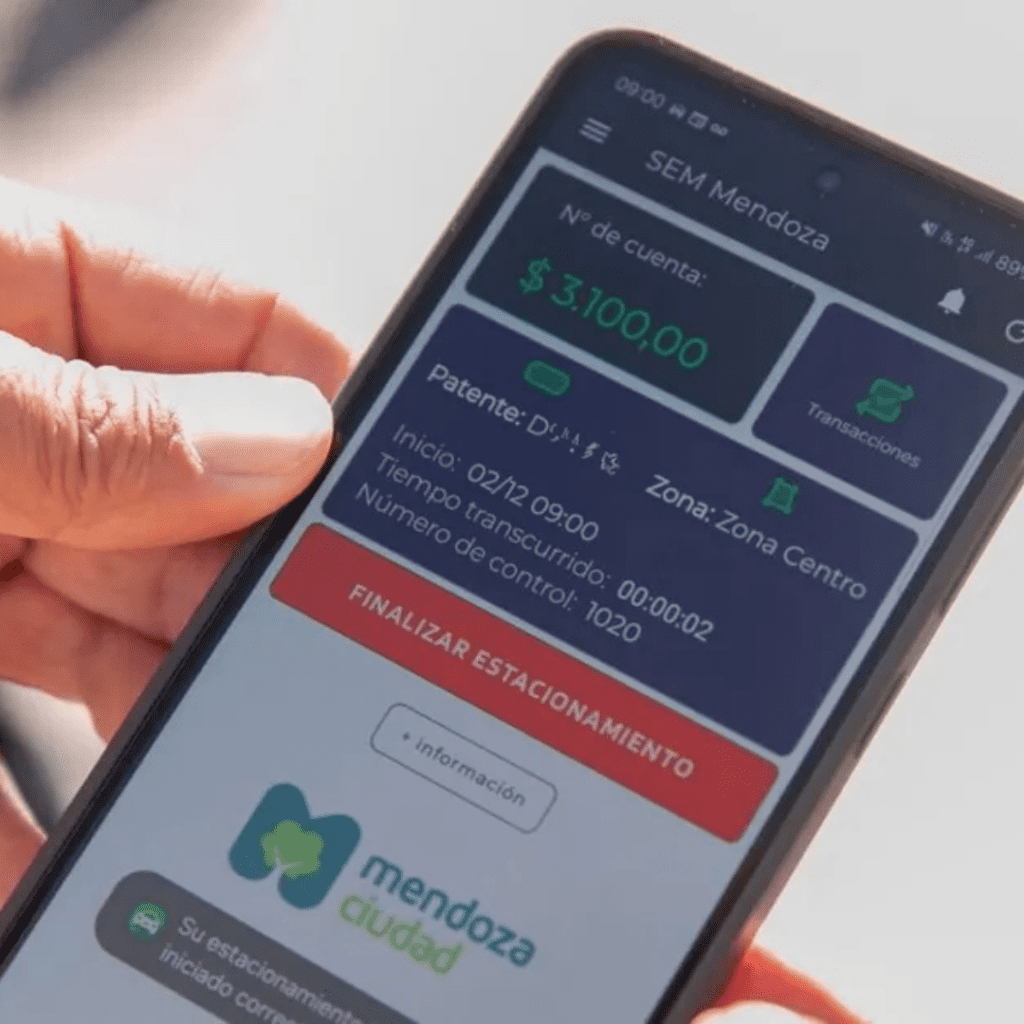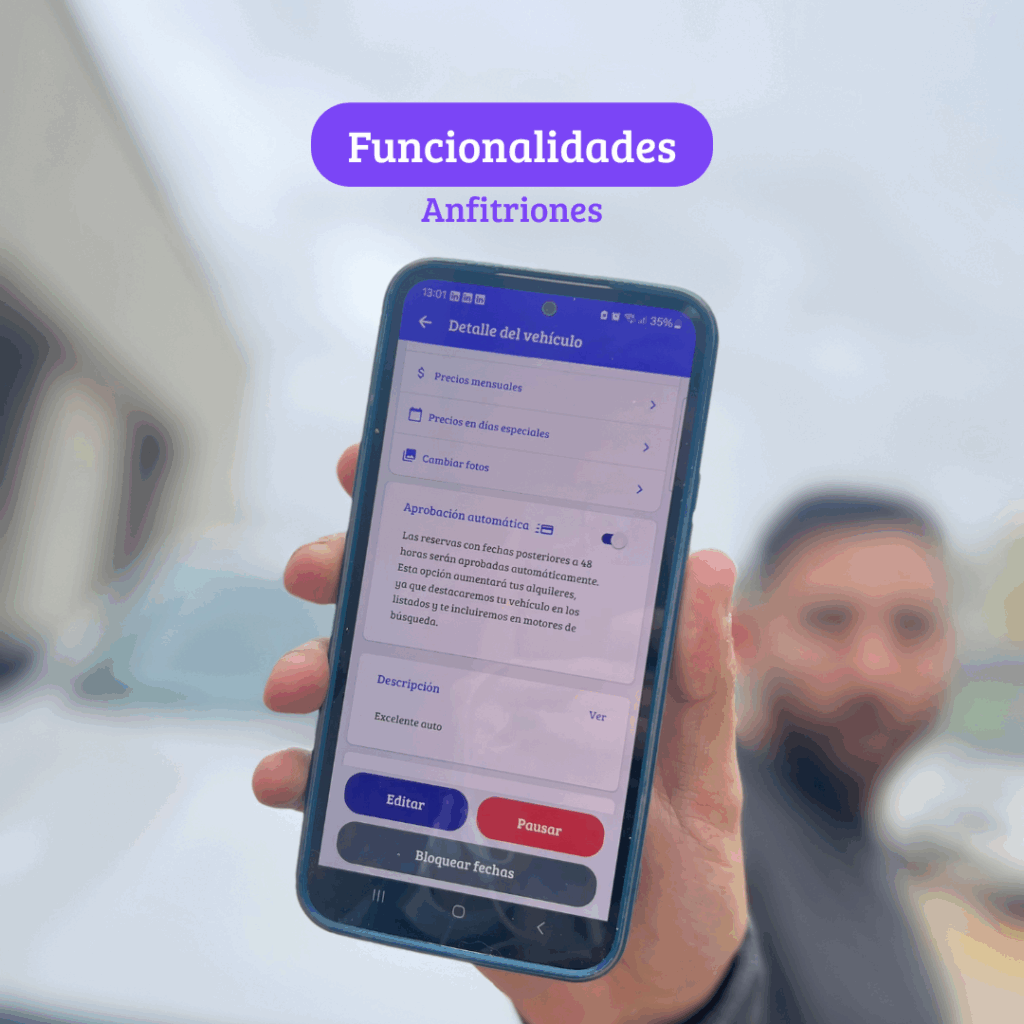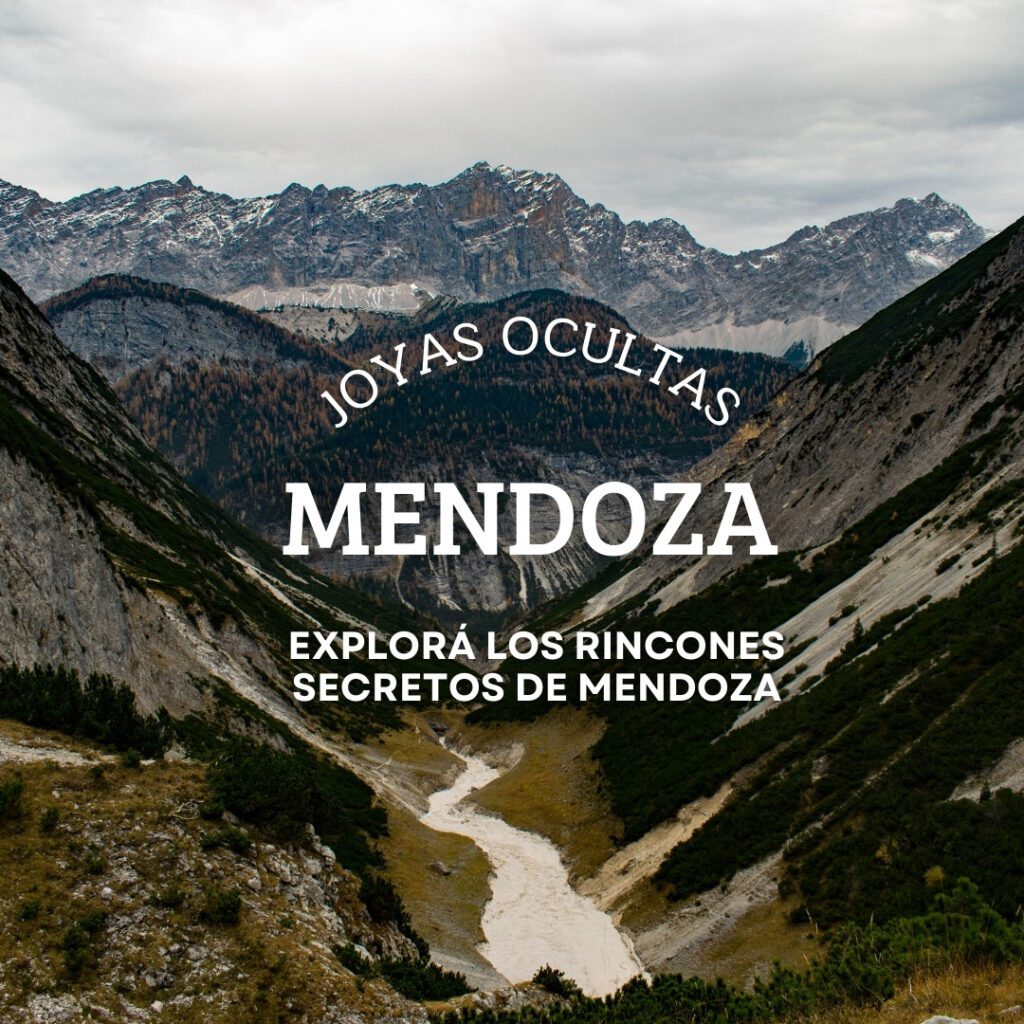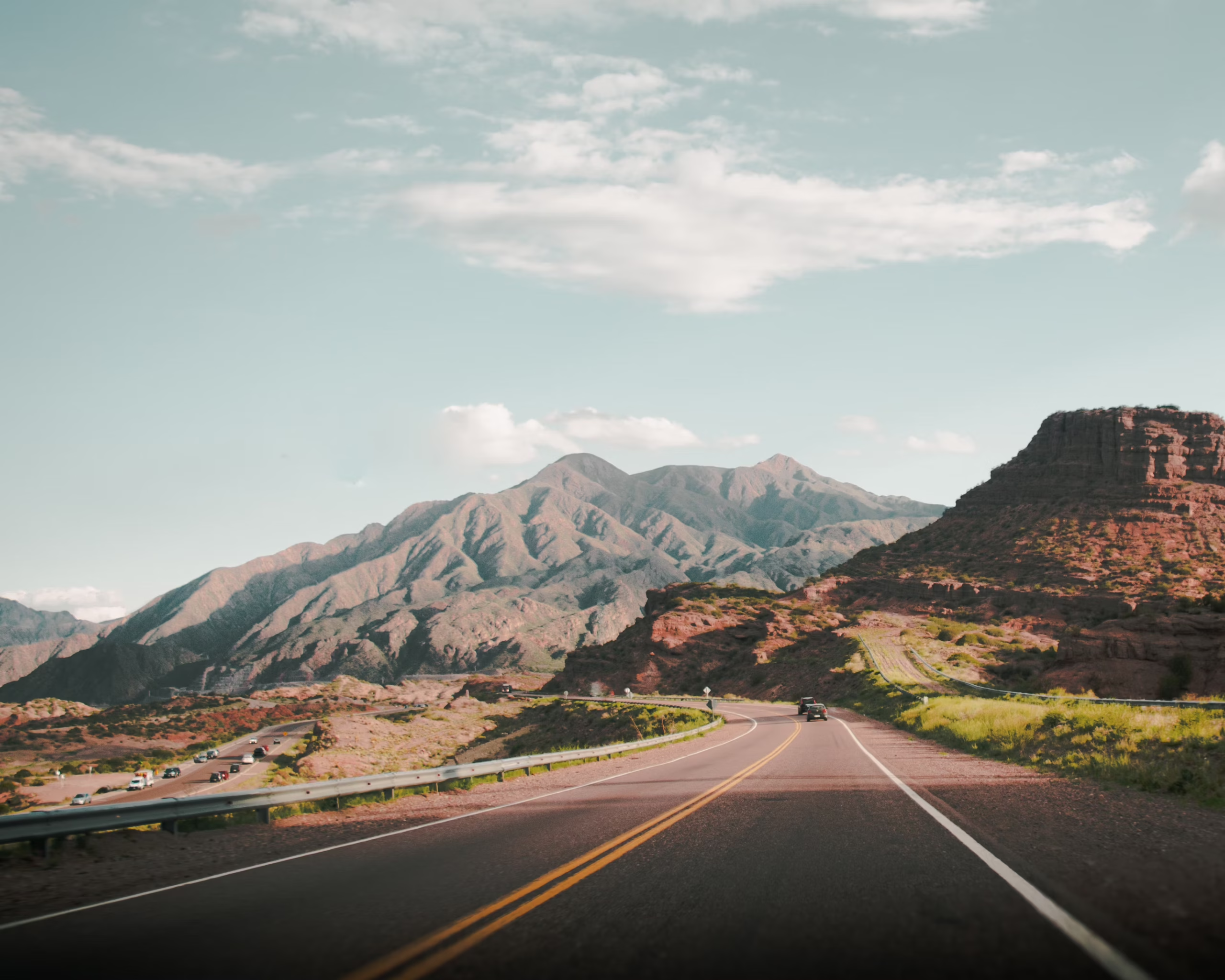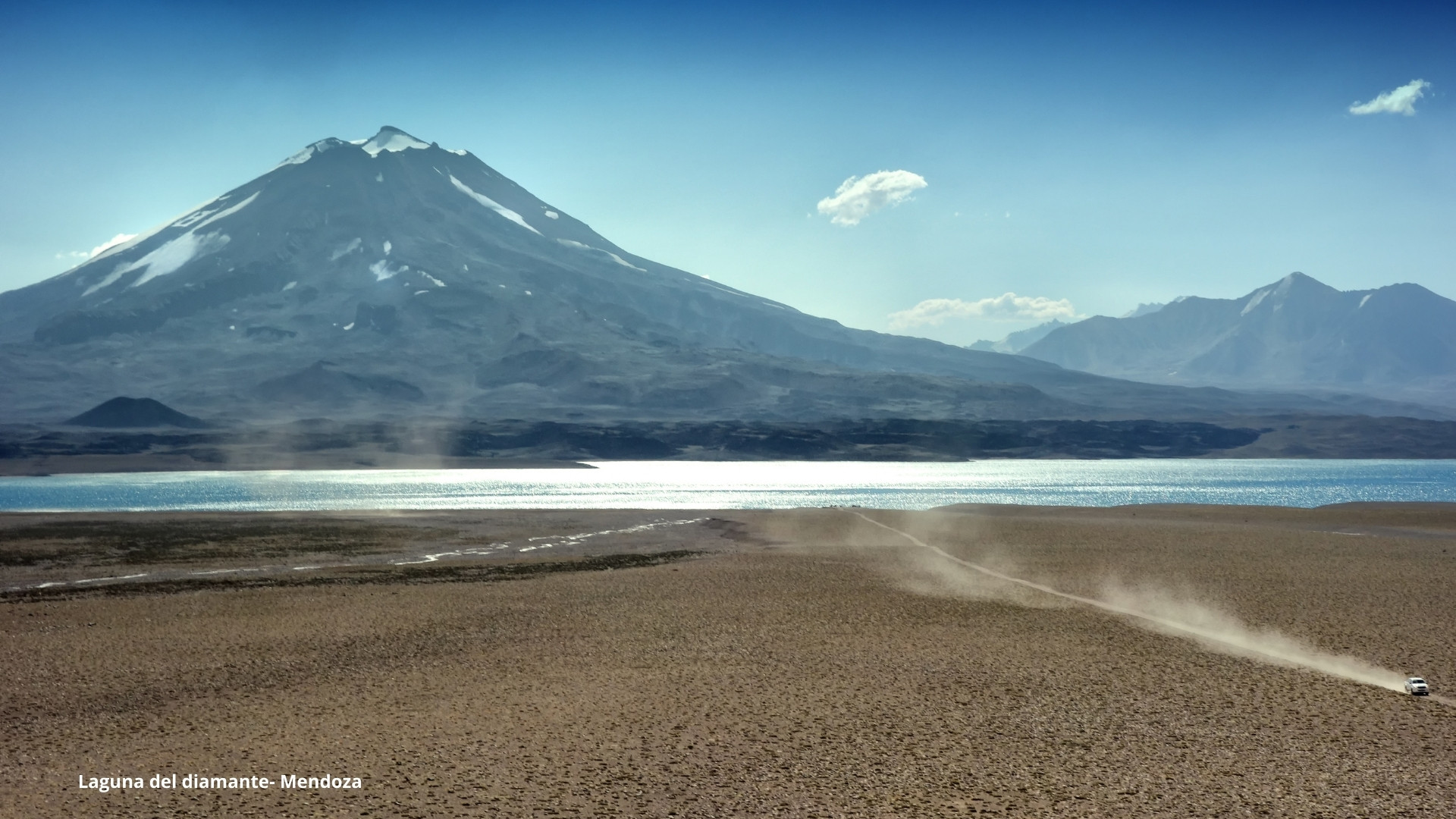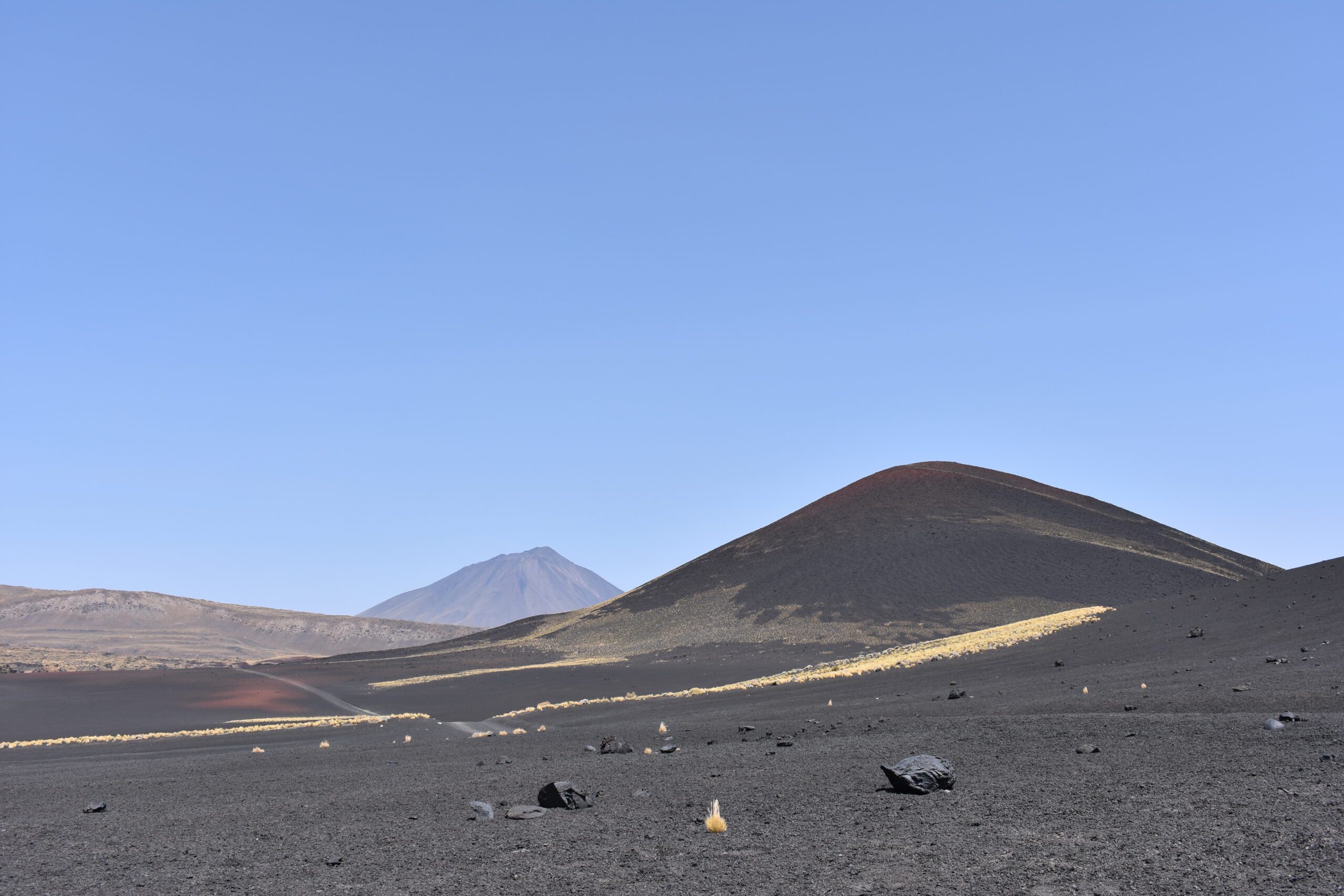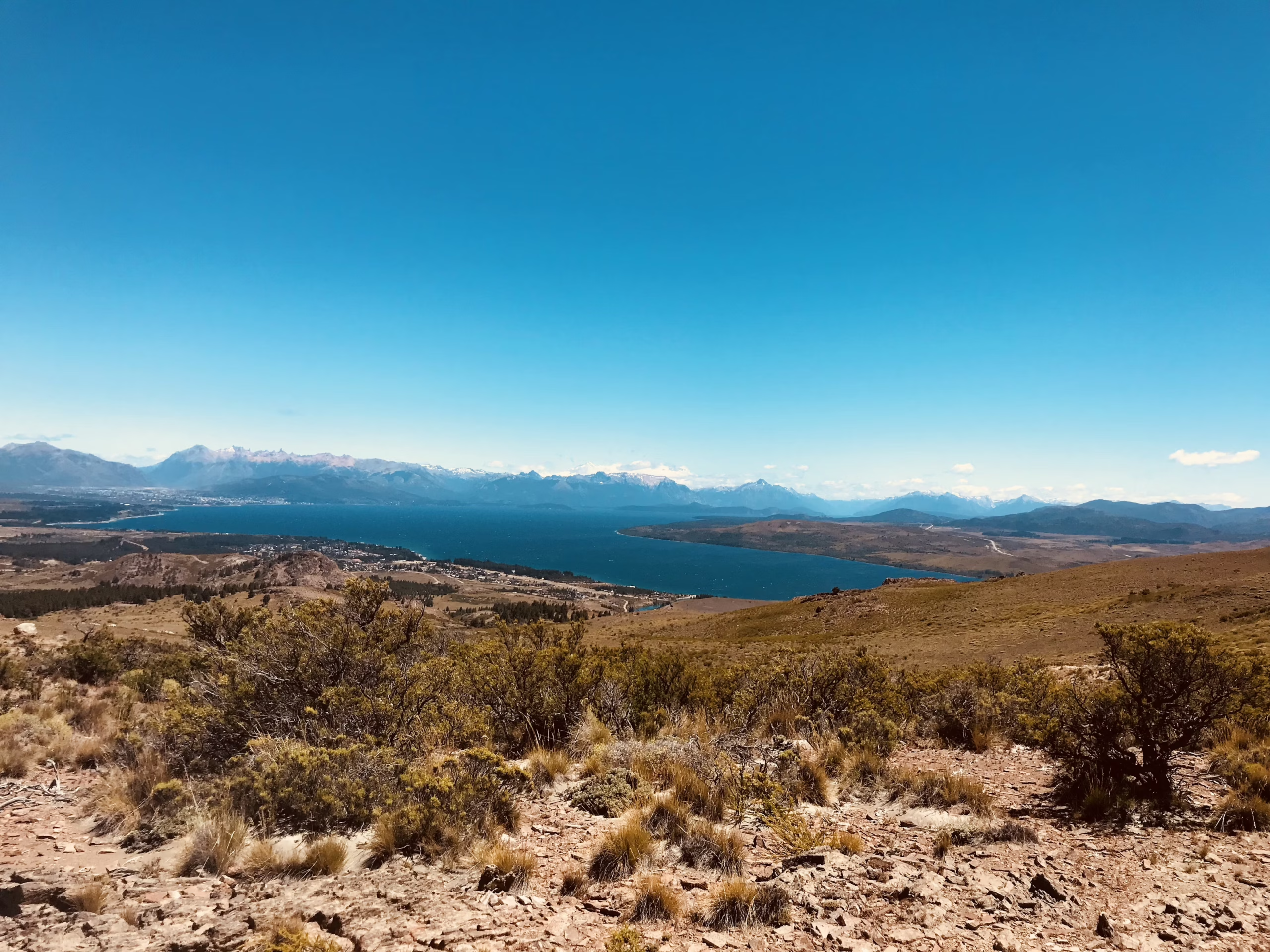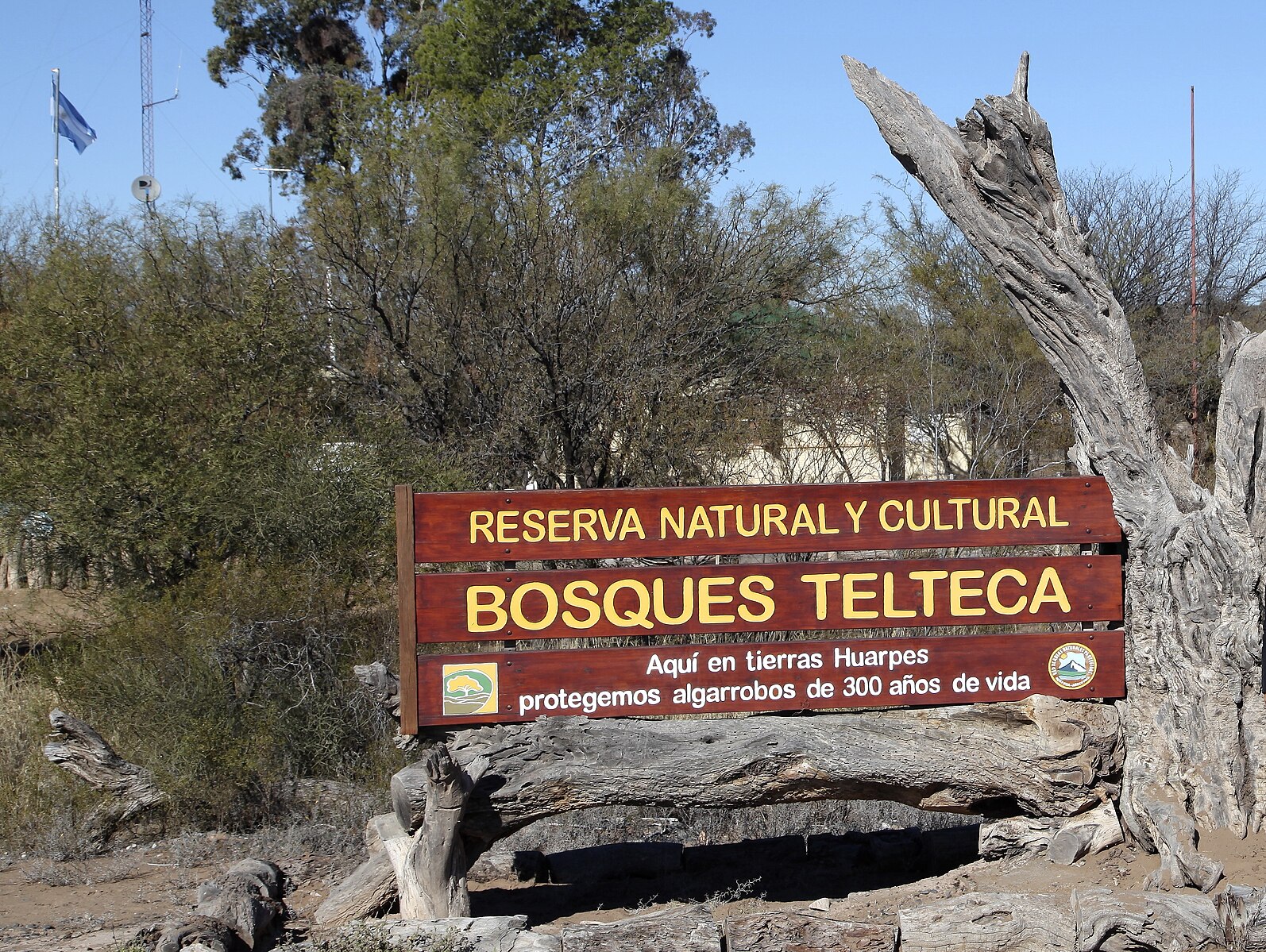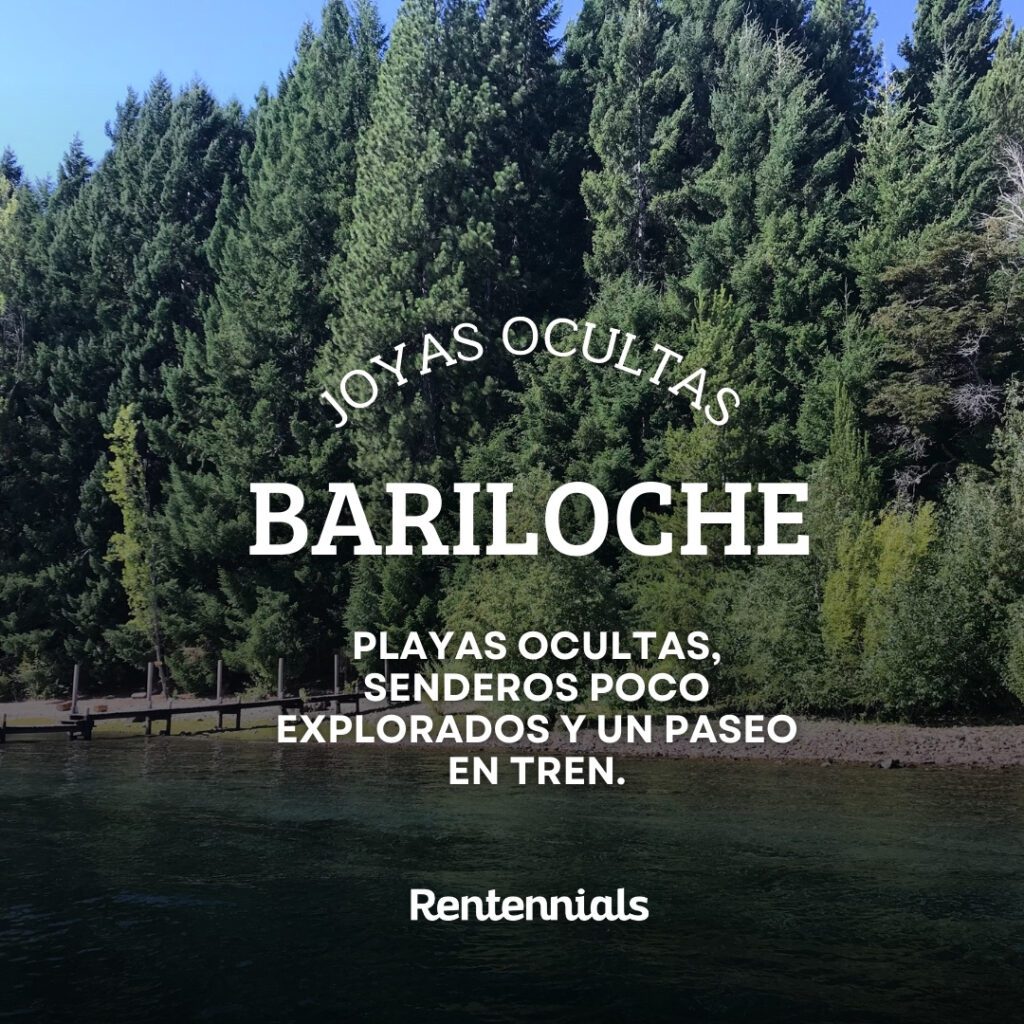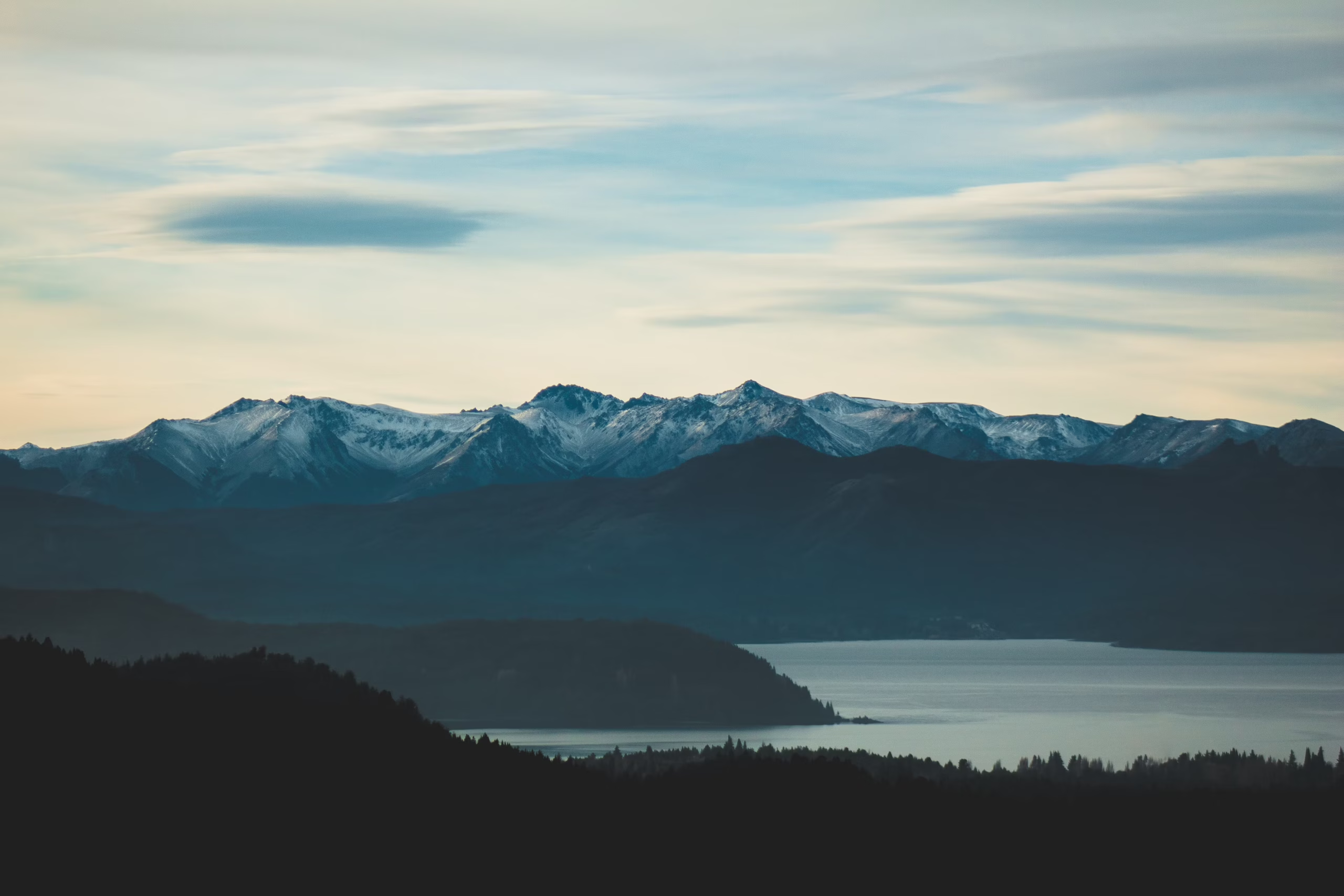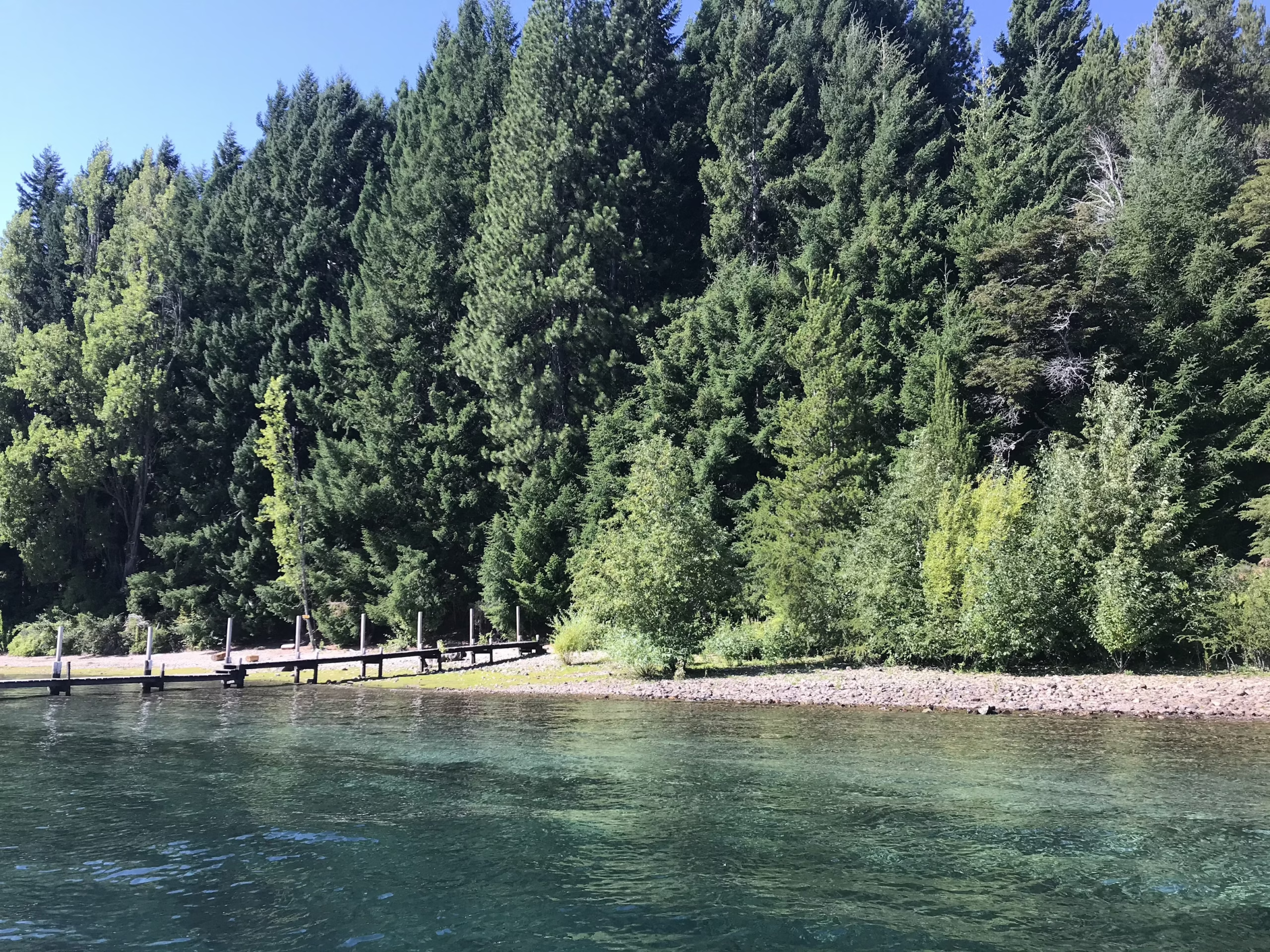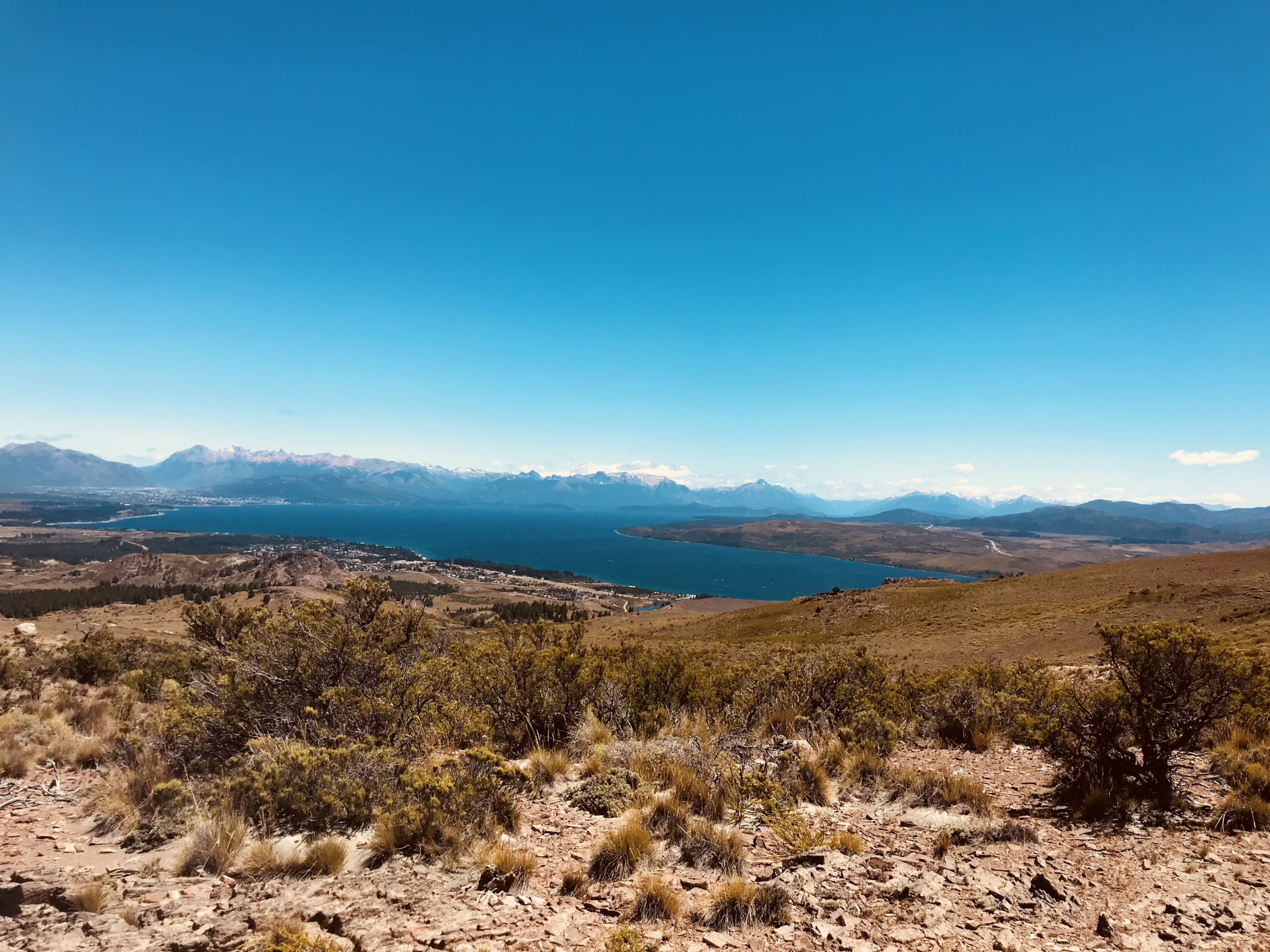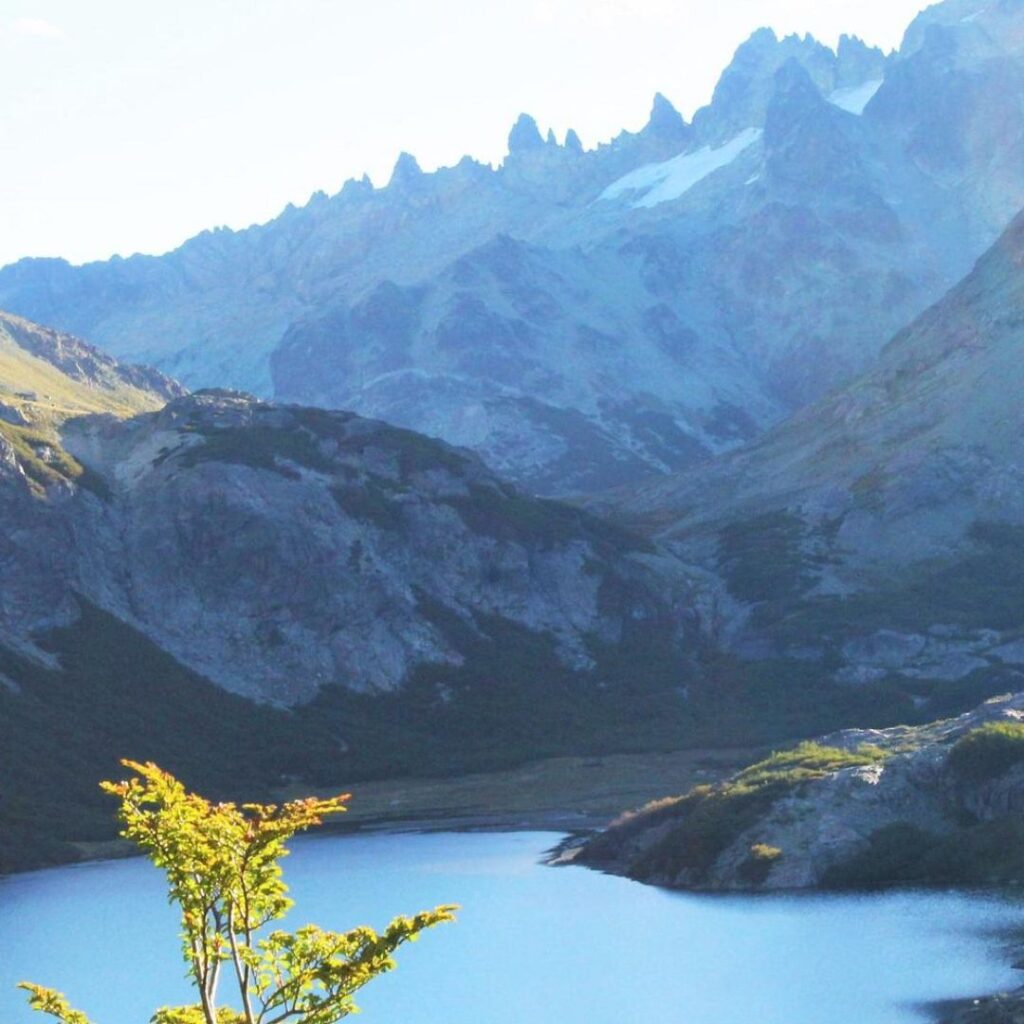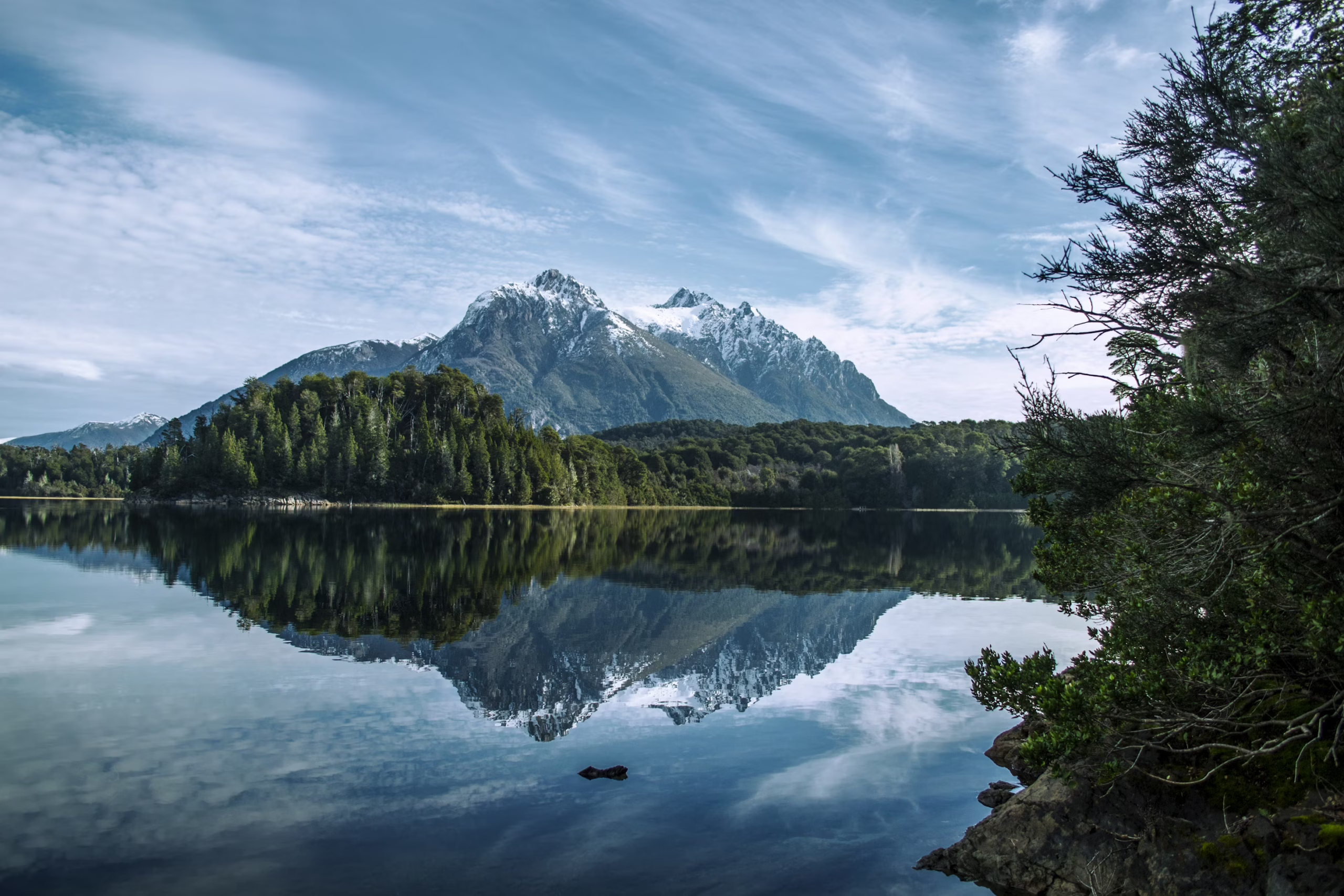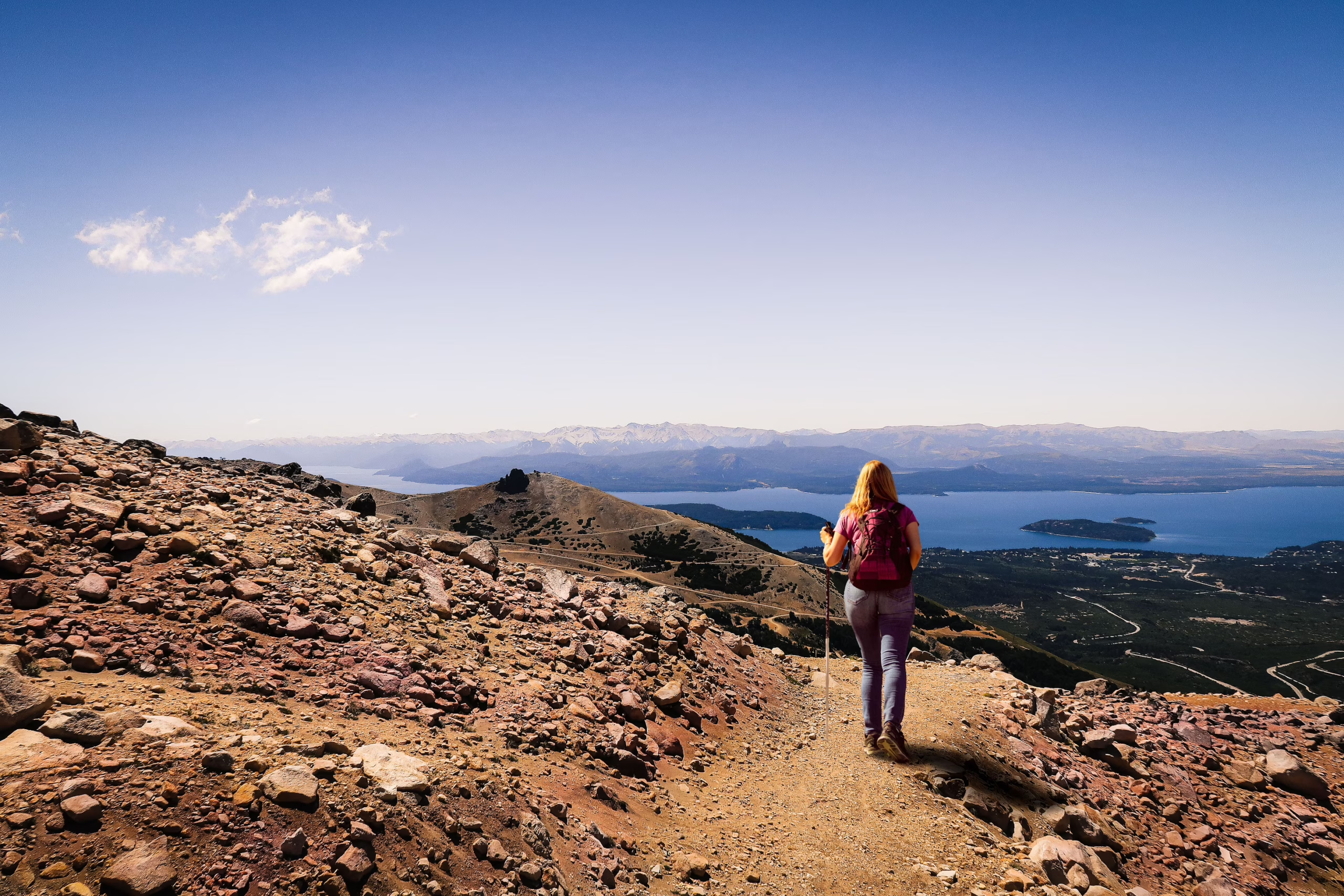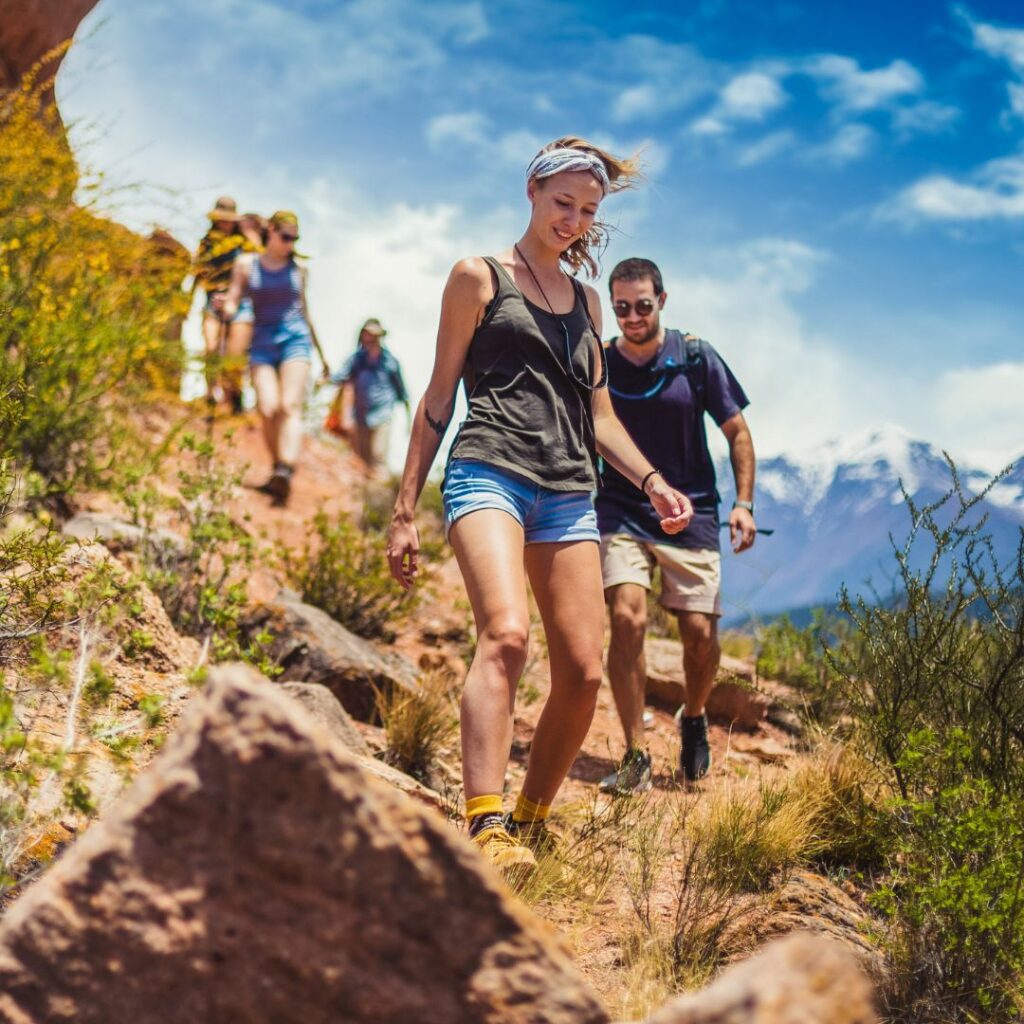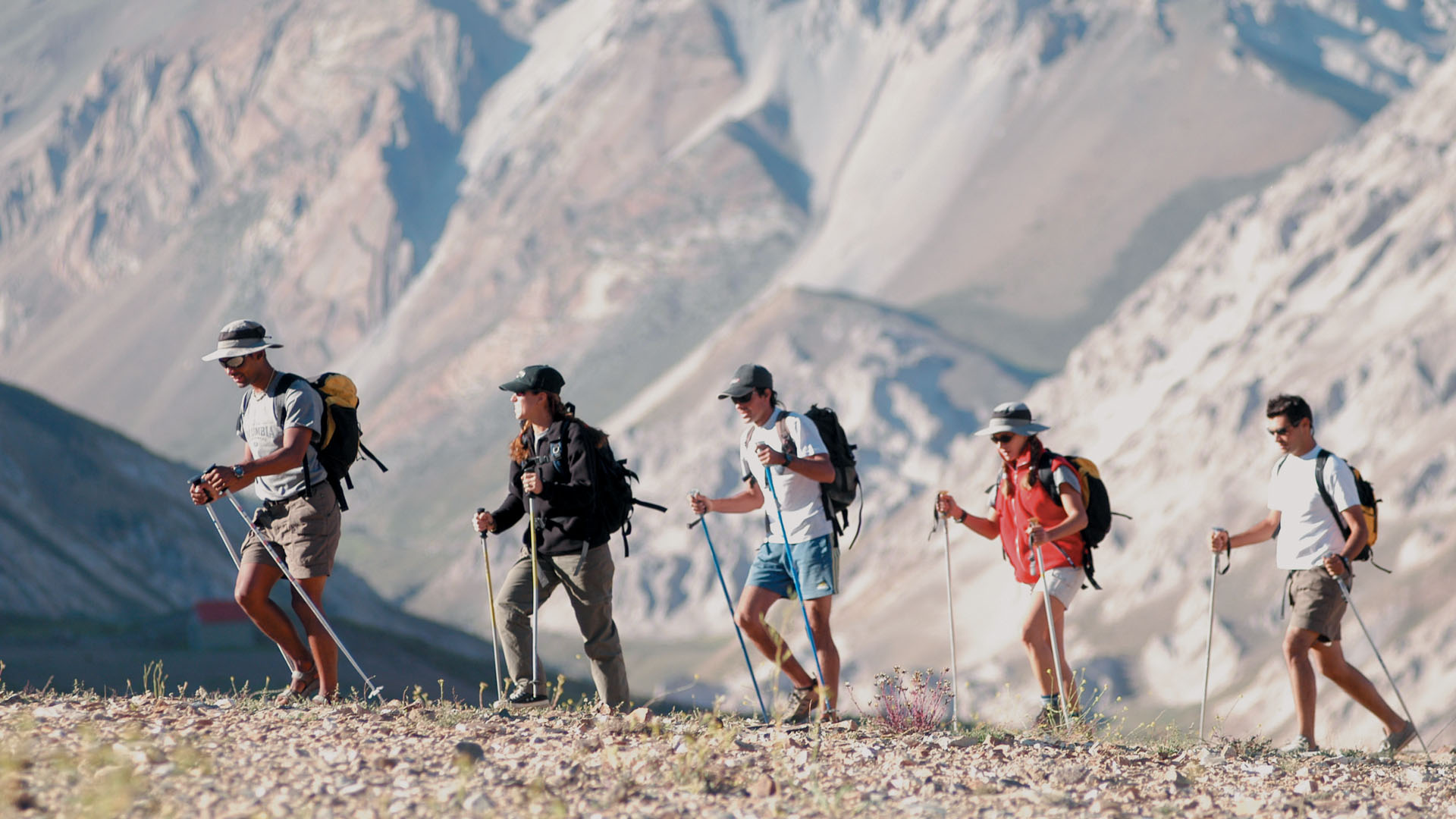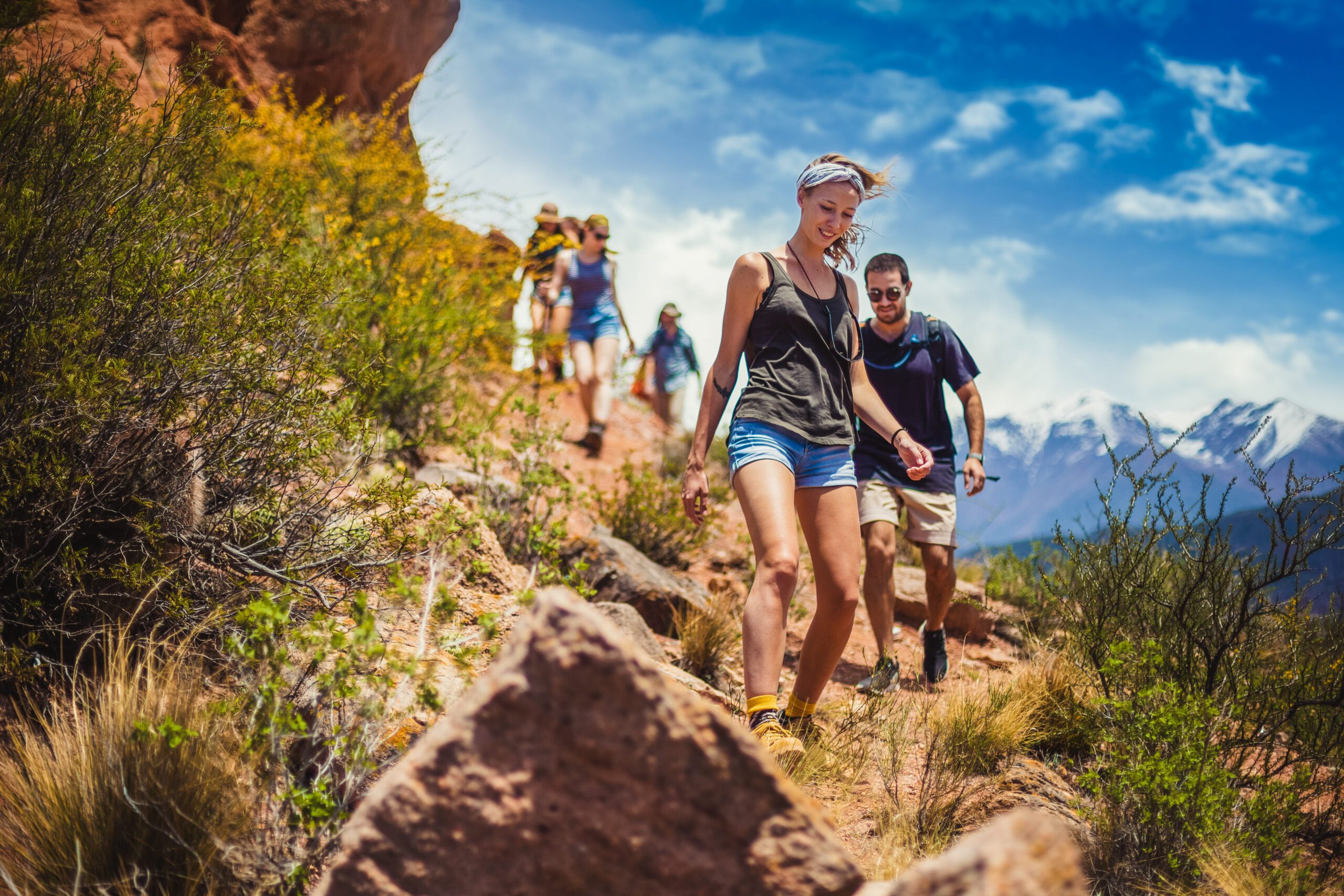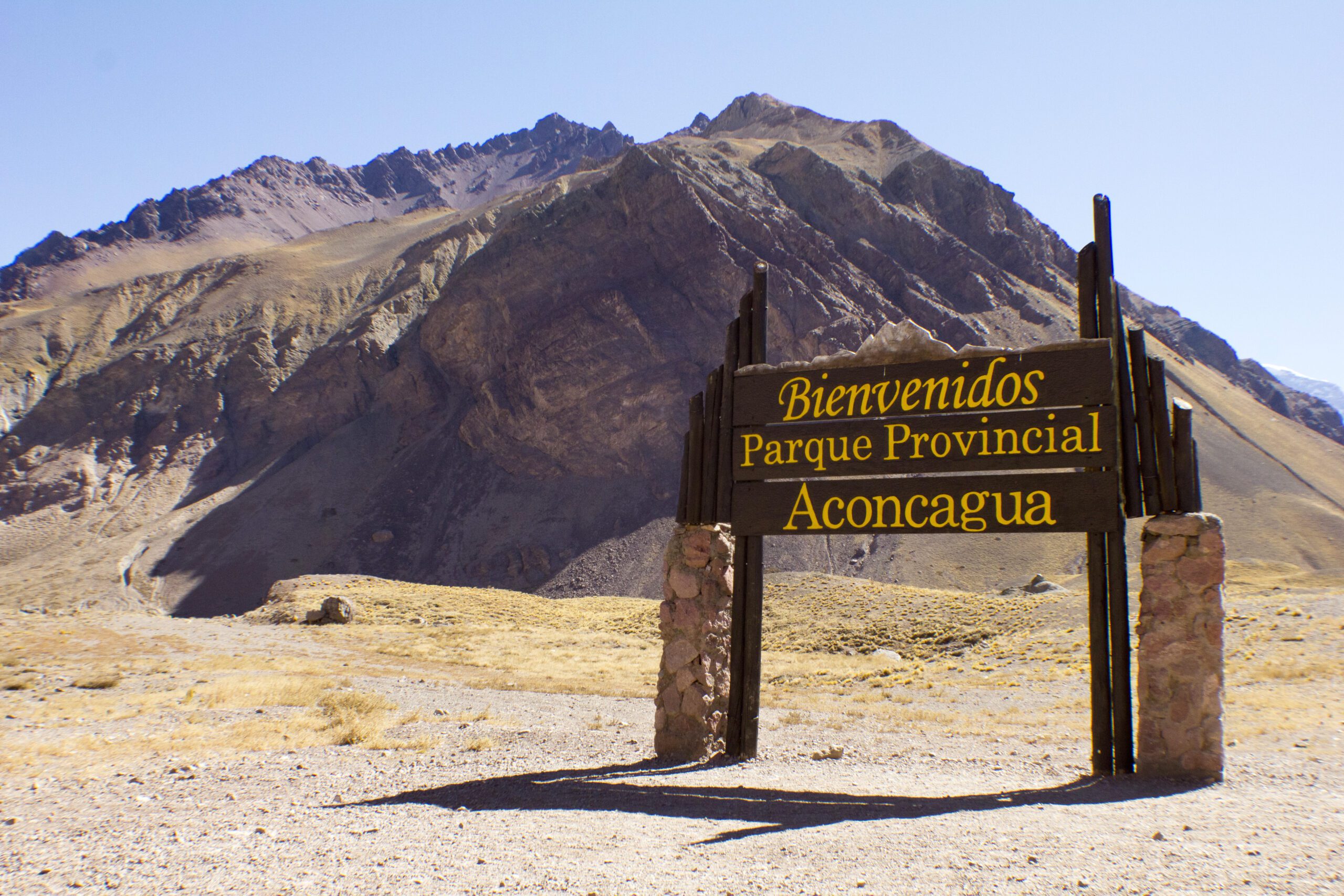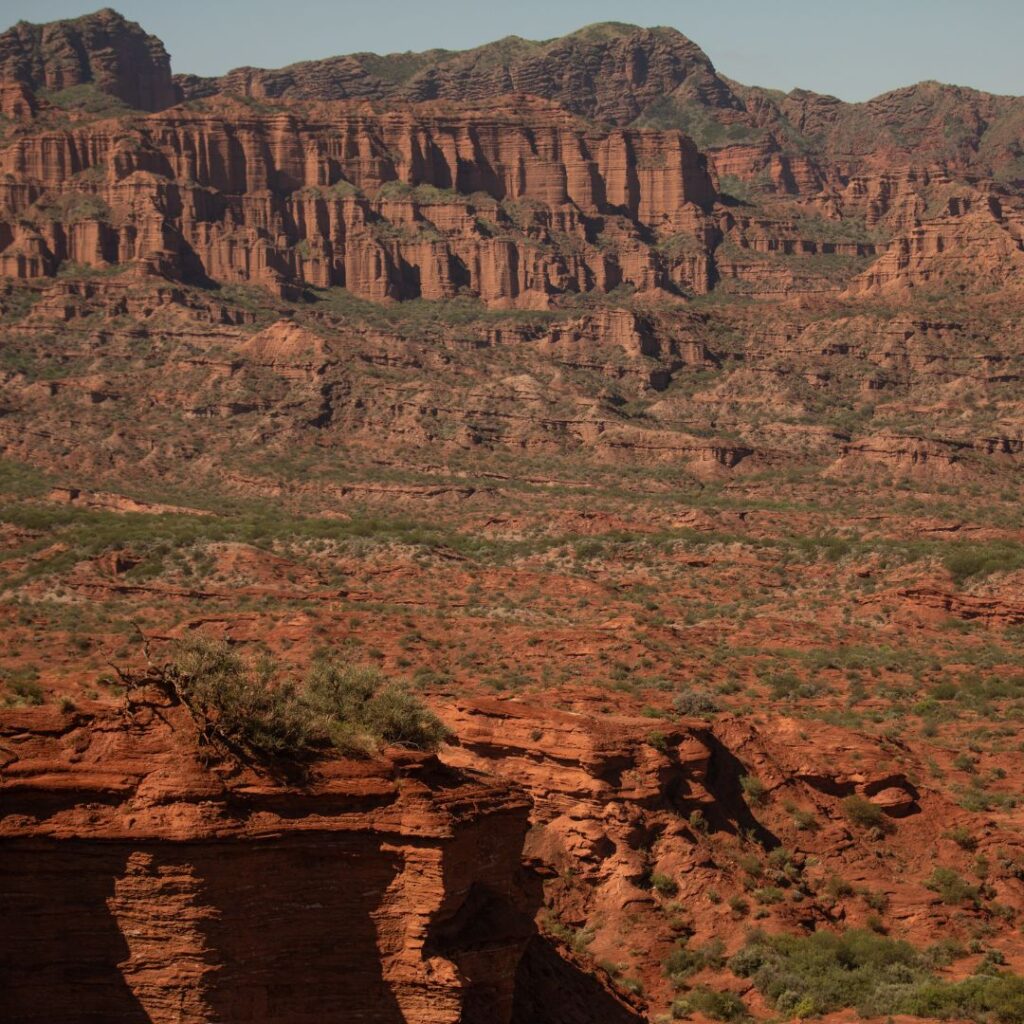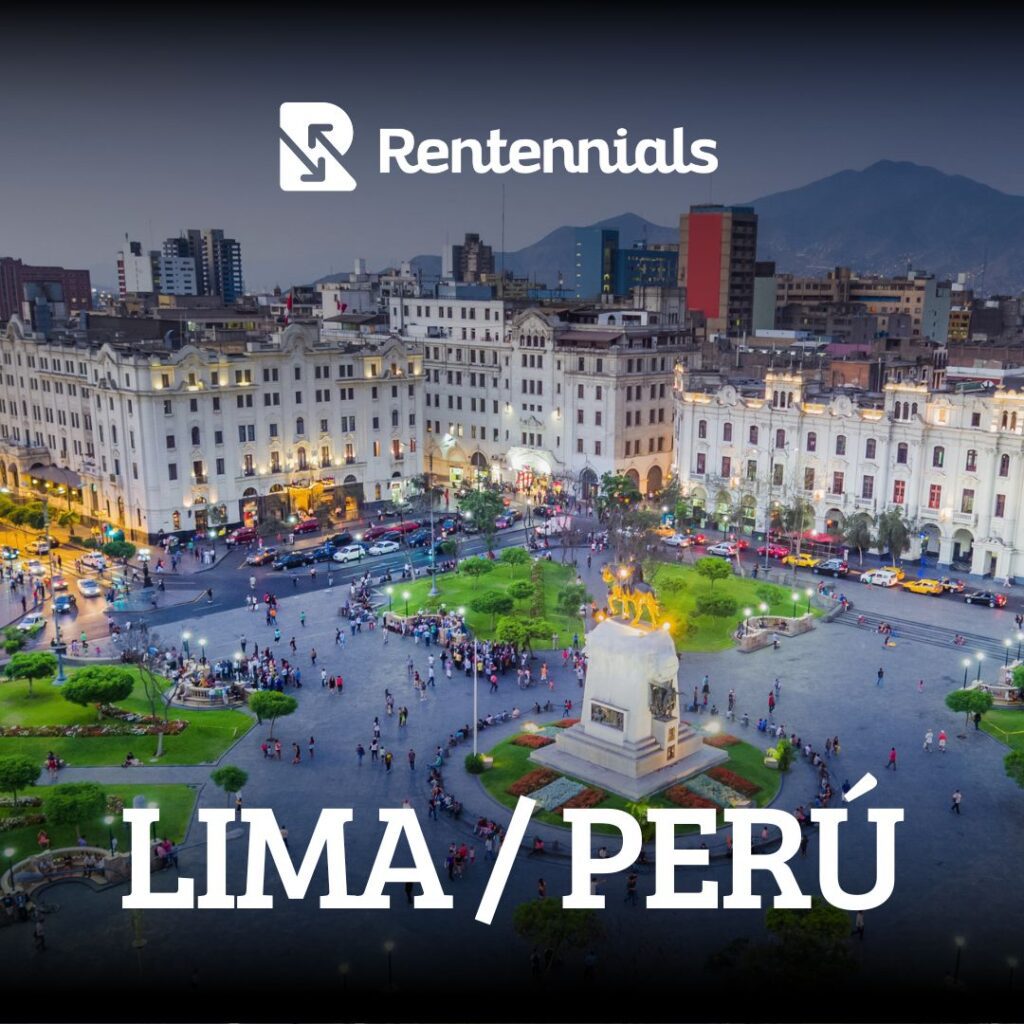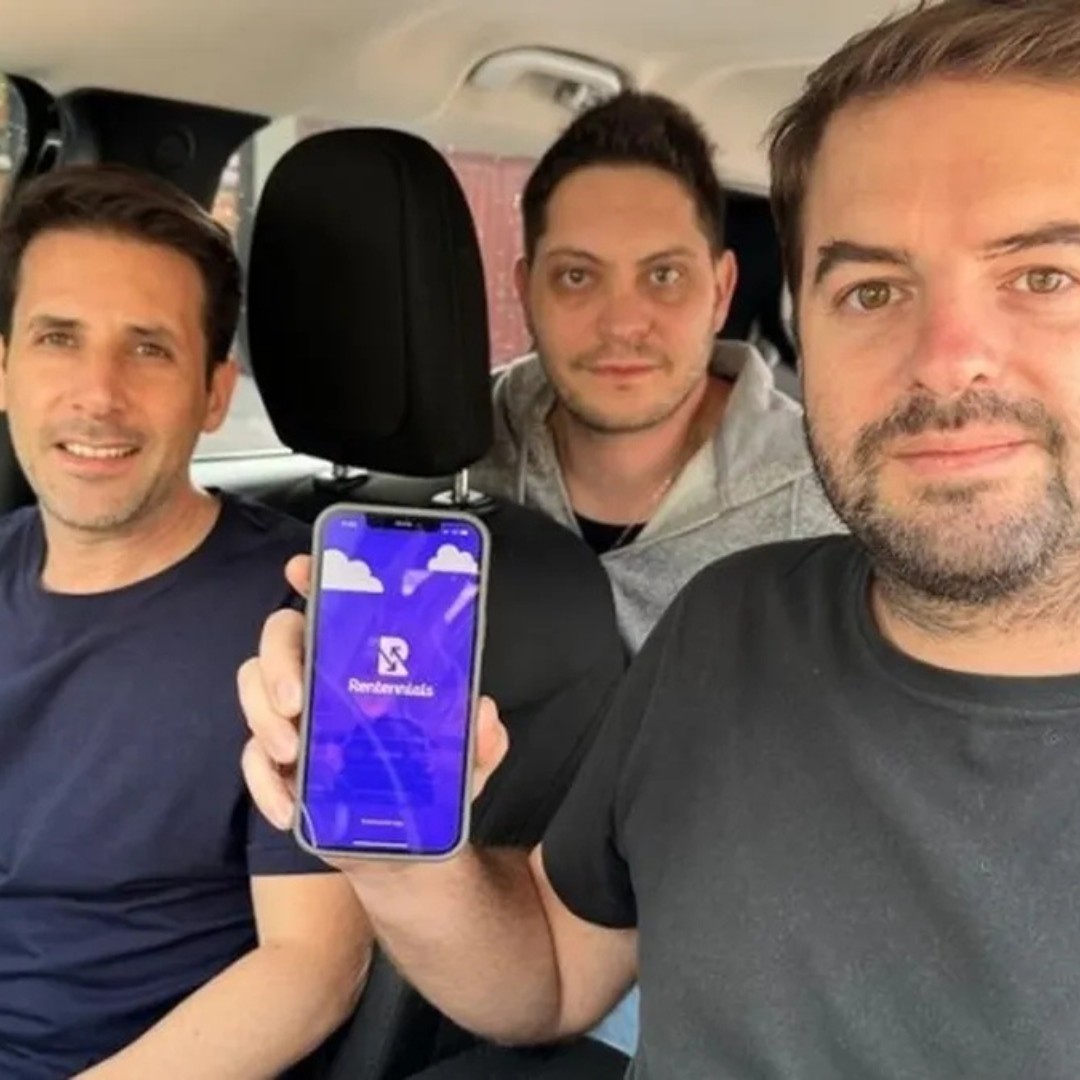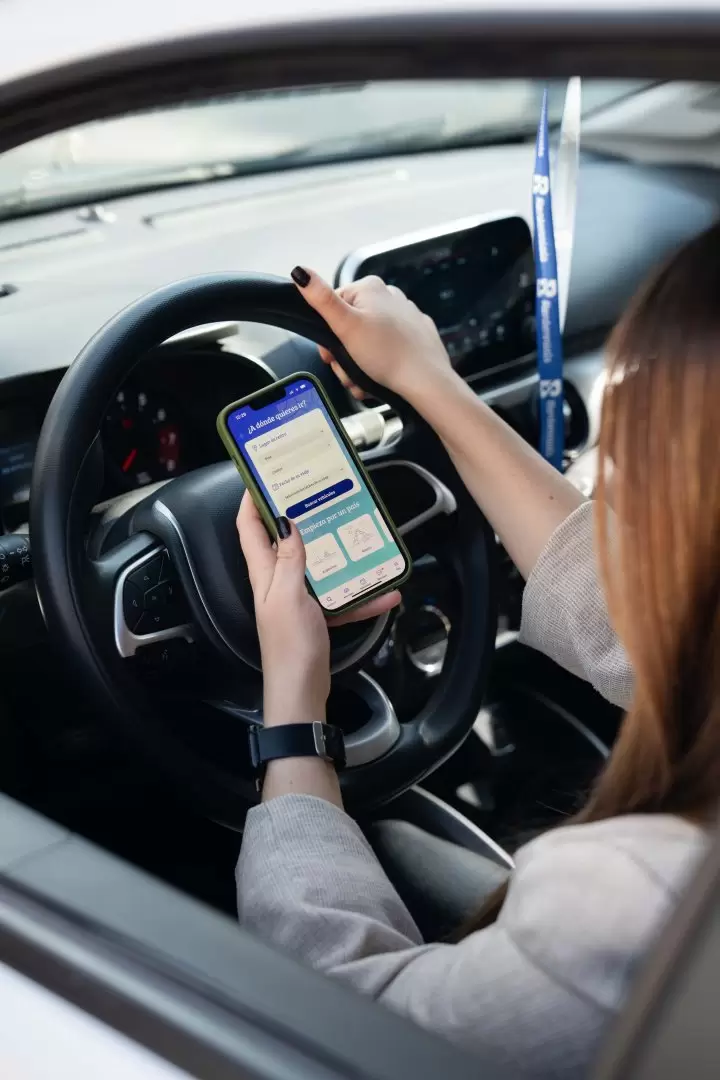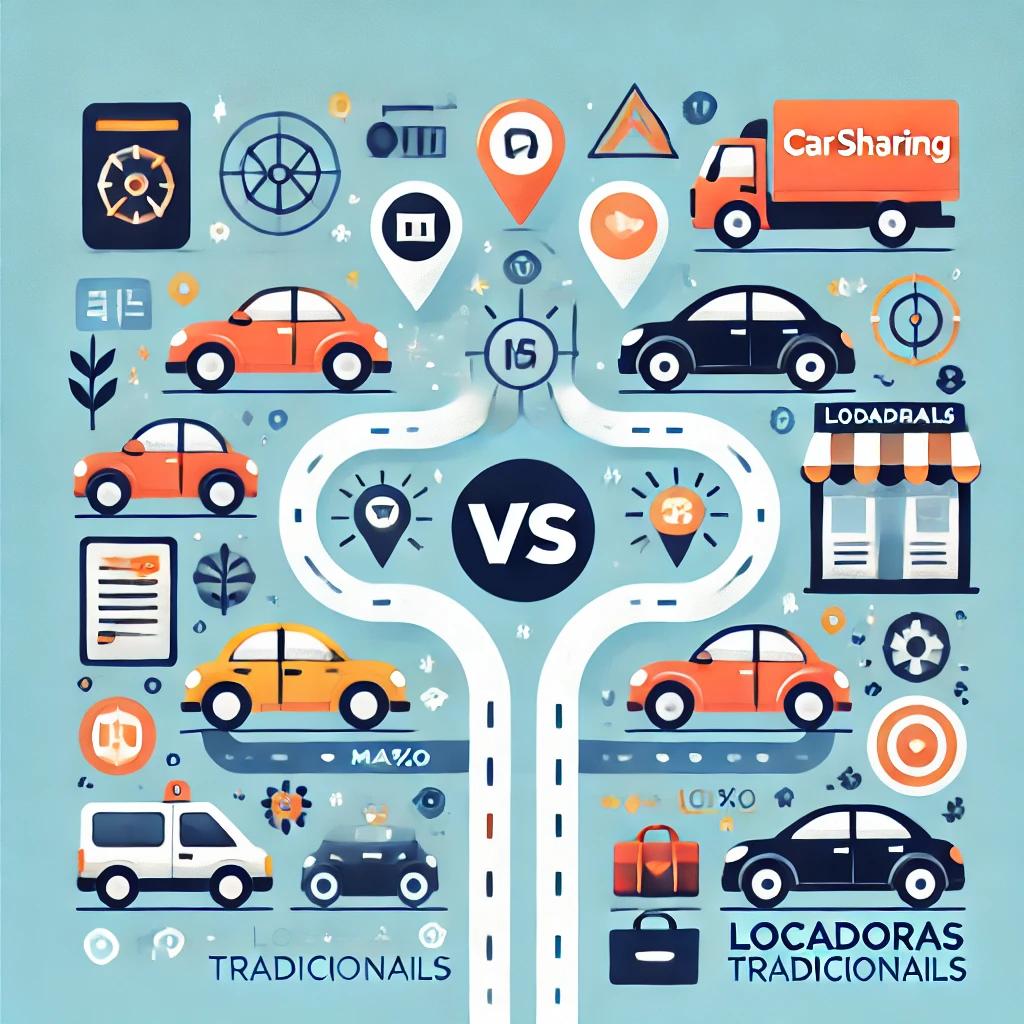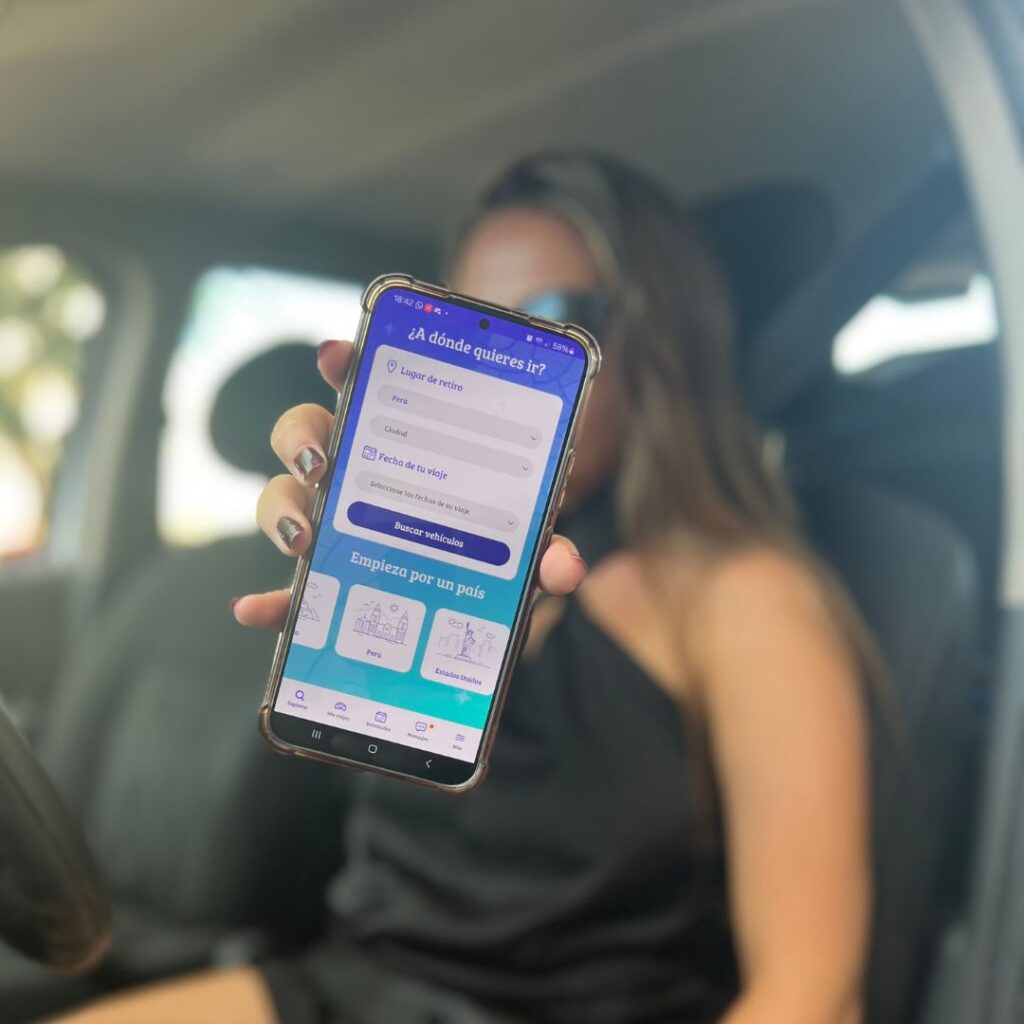New metered parking system in Mendoza: How does it work?
In the city of Mendoza, drivers are starting to experience a new way of managing parking in some of its busiest streets. This digital metered parking system aims to optimize the use of public space and, more importantly, reduce traffic chaos in key areas of the city.
At Rentennials, we’ll walk you through how this new system works — and how it might affect your car rental experience in Mendoza.
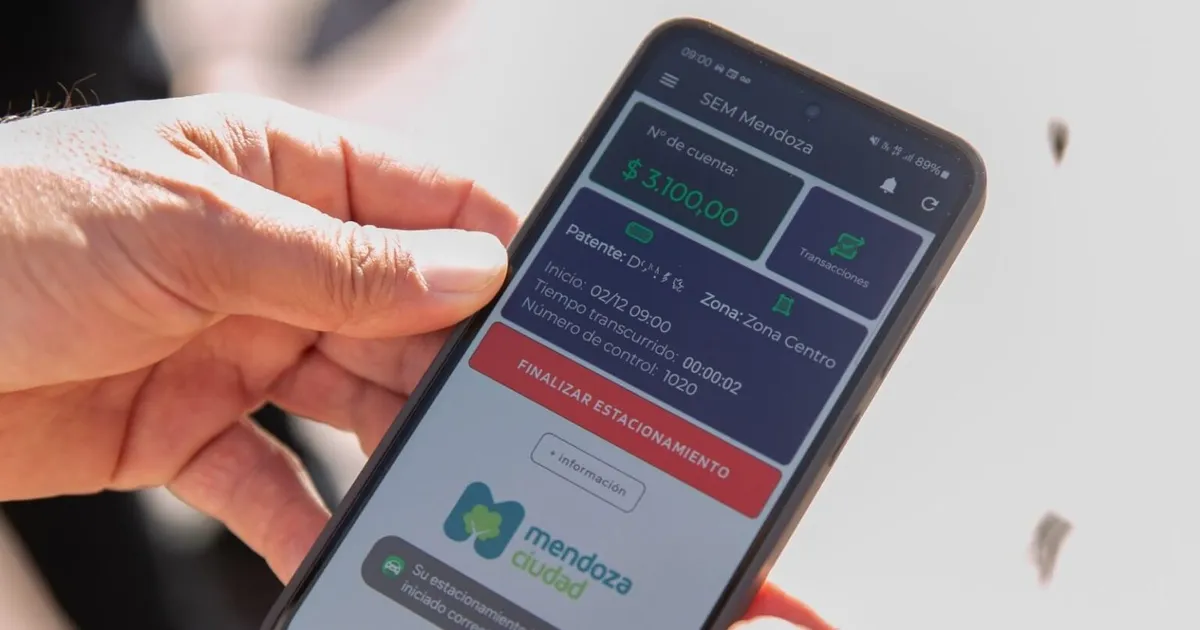
🅿️ What Is Mendoza’s New Digital Metered Parking System?
This new system, implemented in certain areas of Mendoza, represents a step toward more modern and practical management of public parking.
Unlike the old paper card method (where you had to place a card on your dashboard), everything is now handled through a mobile app.
For those who don’t use smartphones, there are still authorized sales points where you can pay traditionally.
📍 Where Is This System Being Used?
Currently, the system is being tested in key areas such as Arístides Villanueva, Juan B. Justo, Belgrano, Sarmiento, and Tiburcio Benegas — all known for high traffic flow.
If the pilot is successful, it will be rolled out to more areas across Mendoza.
📲 How Does the App Work?
To use the system, drivers must download the SEM Mendoza app. QR codes to access the app are posted on signs in the designated zones.
Once installed, the steps are simple:
1. Register:
Sign up with your phone number, email, and mobile carrier.
2. Enter Vehicle Info:
Add the license plate number of the car you’re parking.
3. Start Parking Session:
Select the “start parking” option and enter the time you’ll need.
4. Payment:
Pay in advance through the app or at an authorized sales point.
Everything is digital — no more machines or paper tickets — and your session must be paid before parking.
✅ Key Benefits of the New System
•Convenience: Manage your parking through the app — no need for cash or finding a parking attendant.
•Flexibility: Don’t have the app? You can still pay at physical locations.
•Reminders: The app notifies you when your time is about to expire so you can extend it.
•Efficiency: Helps organize parking and can expand to more areas if successful.
⏰ What Happens When Time Runs Out?
One great feature is flexibility. If your session is about to expire, you’ll receive a reminder to top it up.
If you don’t, you may receive a fine — just like with any traditional metered parking system.
👥 How Does This Affect Drivers?
Although the system offers many advantages — like convenience and speed — some users may initially struggle if they’re not tech-savvy.
However, the city has introduced a grace period (until March 31), during which the service is free. This gives everyone time to get used to it.
For regular drivers in these areas, the app will simplify payments and reduce parking stress. Plus, no more handling cash or paper tickets!
🌆 Why This Change Matters for Urban Mobility
Digital metered parking doesn’t just improve organization — it can positively impact overall mobility in the city.
Real-time tracking and payment reduce the time people spend looking for parking, which means less traffic congestion, more fluid movement, and a better urban experience.
In an age of smart cities, this is a big leap toward smarter, cleaner, and more efficient urban transportation.
🔮 What to Expect in the Future
If the Mendoza pilot is successful, it could expand across other cities in Argentina and Latin America.
This is part of a larger movement: the digitization of urban mobility, using tech to improve everyday life.
For drivers, adapting to this change might take some getting used to — but the benefits are worth it, especially with the system’s flexibility.
🏁 Conclusion
Mendoza’s new digital metered parking system is a major step forward in modernizing urban transport.
With easy payment options via app or in-person, the system offers an efficient, smart way to manage city parking — making life easier for drivers and creating a more organized and sustainable city.
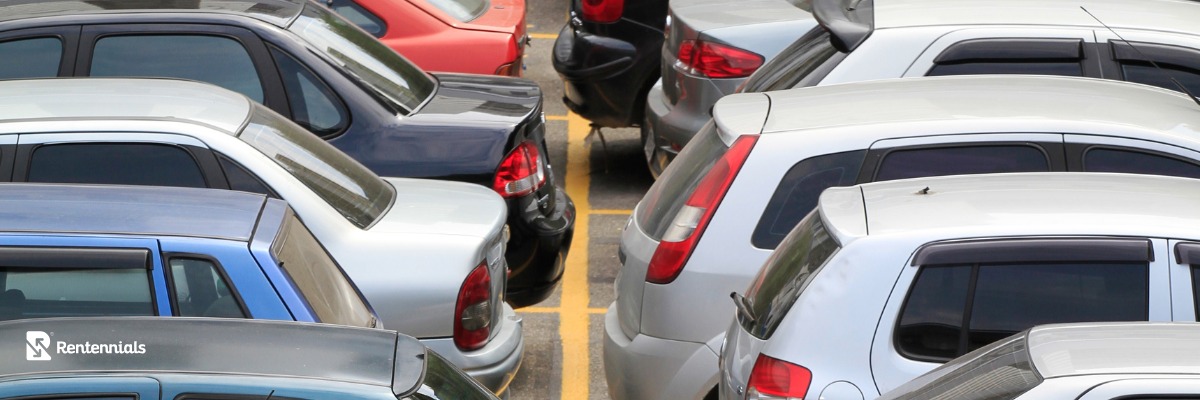
🚗 Rent with Rentennials
For the best local rental experience, we always recommend using Rentennials — the easiest, safest, and most affordable way to rent a car from local hosts.
👉 Book now at Rentennials.app
We are Rentennials
Rentennials is the new way to rent cars from local hosts in your city, quickly, easily, and affordably. It's also your new path to starting your own car rental business and making money every month.
Discover more.
